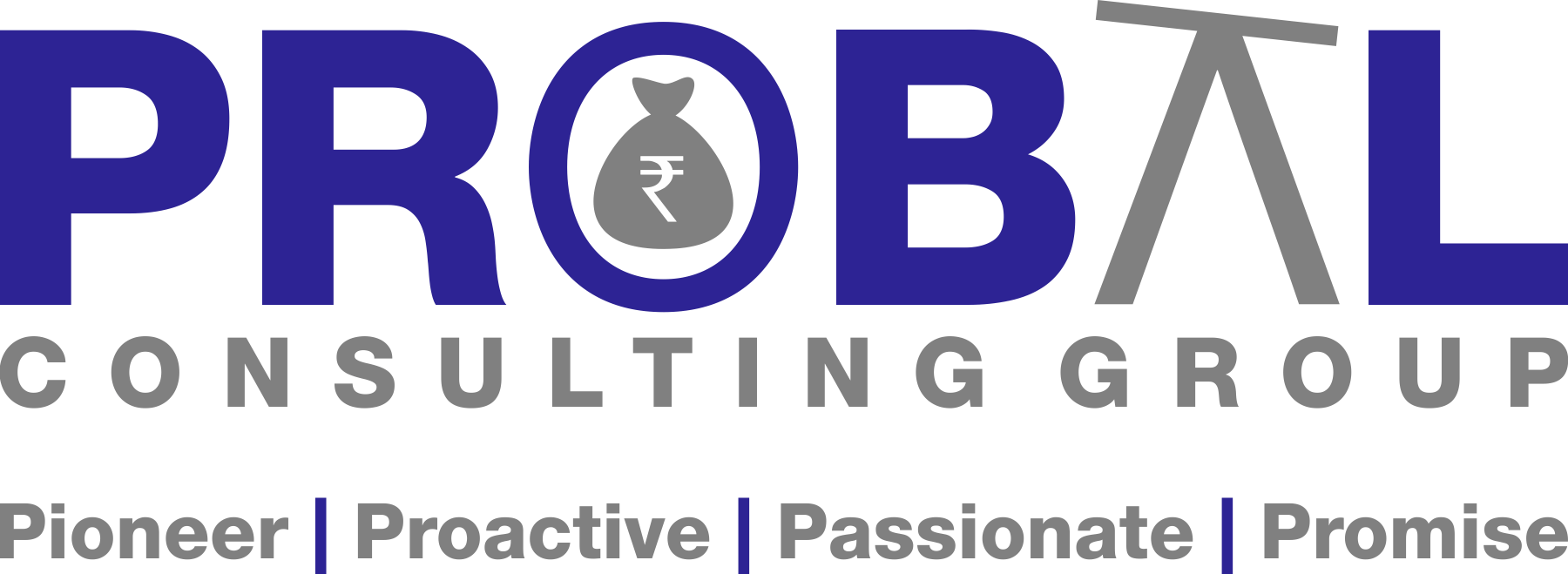

When you establish a Business, having a surplus fund is critical to managing it without any hiccups. But often Small & Medium Businesses face cash-crunch & struggle to manage daily Business operations.
Fortunately, multiple Financial options are available for such Businesses. In this blog, we are going to discuss Over Draft facility. Understanding Overdraft Facility can help solve your financial crises at crucial times.
So let’s get started.
What is an Overdraft Facility?
Overdraft facility is a financial service offered by Banks & NBFCs to its Saving Account or Current Account holders. It can be understood as a type of Short-term loan that needs to be repaid by the borrower in the pre-defined tenure.
Banks and NBFCs charge a fixed rate of interest on the borrowed sum and must be repaid as the pre-agreement. An Overdraft facility can be either a secured loan or an unsecured loan. If the borrower has been granted an overdraft facility via his/her bank account, then no collateral is necessary. If it is a secured loan, then it is offered against some form of collateral, for e.g. Property, Fixed Deposit with the lender, Insurance Policy, Equity shares, or Salary.
How does this Facility work?
To avail of and Overdraft facility, you will need to apply for the approval. Once you receive approval, you the amount will be deposited into your account. In case of pre-approved Facility in your account, you can withdraw the amount from your account whenever you are in need of fund. For every borrower, the lender has fixed a limit on Over-draft. So you will be able to withdraw the fund within your the limit approved by the Bank.
The repayment of the Overdraft Facility is simple. You can repay it whenever you have money, and there is a minimum or maximum tenure. The payment can be made either partially or fully, depending on the availability of fund and there will be no charge on the pre-payment of such loan.
How is the interest charged in Overdraft Facility?
The lender charges the interest on a daily basis from the borrower. As there is no fixed repayment schedule, the borrower reserves the right to repay the amount in the form he/she chooses to. The repayment is simple; all you have to do is deposit the fund available with you in your account, and your outstanding amount will be reduced by the amount that you deposit.
Features of Overdraft facility
- Calculation of Interest
In Overdraft Facility, the Banks and NBFCs charge interest on a daily basis. The daily interest is calculated and added to the outstanding amount at the end of every month. If you do not pay the outstanding amount, the interest will be added to the principle, and the new principal will be used to calculate the next interest.
So it is advisable to repay the borrowed amount in minimal time.
- No fixed EMIs
The best feature of an Overdraft Facility is flexible repayment structure. You do not have to pay a fixed amount at the end of each month in the form of EMIs. This gives you the flexibility to repay the outstanding amount at your will.
- Zero pre-payment charges
Another great feature of this Overdraft facility is zero pre-payment charges. As there is no fixed repayment schedule, the borrower is free to repay the amount whenever his/she wishes you. For e.g., if the fund is available, you can repay the whole amount in one shot without any penalties.
- Liability in case of a joint holder
In Overdraft Facility, if the borrowers are joint holder, then both of them are equally liable for the repayment. It doesn’t matter what portion of borrowed money is availed by any holder, collaterals of both the borrowers will be at stake.
- Credit Limit
It is vital to note that the borrower can withdraw the funds within his/her limits only. This limit will vary with each borrower, depending on multiple factors.
Different type of Over Draft Facilities
Overdraft Facilities comes in various types. They can either be unsecured or secured loans. Let’s take a look at various secured Overdraft Facility.
- Overdraft against FDs
This is one of the simplest and quick forms of OD facility. Under this Facility, the borrower can avail the OD Facility of around 75% of the FDs (Fixed Deposits) available with the lender.
As the lender knows the exact valuation of the FDs and FDs are with the lender, it’s easy to quick & easy to offer such OD.
This Facility is easy for the borrower, too, as he/she does not have to wait too long for the release of funds. The interest rate on such ODs will be 2% more than the interest you are getting on the deemed FD.
- Overdraft against Insurance Policy
If the borrower has an insurance policy, then he/she can avail of the OD by using it as collateral with a bank or NBFC. The borrower can avail a certain amount of surrender value of the Insurance Policy placed as collateral.
Generally, this mode is preferred by the borrowers like the loan to value of Insurance Policy is higher than FDs.
- Overdraft against Property
A borrower can avail Overdraft Facility against the house-property he/she owns. But this mode of OD is not preferred by the borrowers as it takes a lot of time for the assessment of the market value of the property, validating documents and other formalities. Moreover, the loan amount is a mere 40% to 50% of the house’s market value.
- Overdraft against Salary
A salaried individual can borrow up to 2 to 3 times of his/her salary in the form of an Overdraft facility from the Bank. But there is a re-requisite to do so. The borrowers must have a salary account with the lending bank. Here the salary of the individual acts as collateral while availing the loan.
Final thoughts
Almost every Bank & NBFC offers Overdraft facility to the borrowers. It’s easy to avail and simple to repay, making it a go-to option for many Business owners.
But it should be noted that the interest is charged on a daily basis, and hence Overdraft should be availed in case of an emergency only. And if availed, it should be repaid at the earliest. If you fail to repay the outstanding amount, the Bank will deduct money from your existing account or can auction your collateral.
Hope this blog has provided much-needed insight to you. I will be continuing the Funding series in our blogs, offering you more insight into the matter. So stay tuned and keep visiting our website for regular updates.
Probal Consulting Group is a leading Taxation, Accounting, and Compliance firm that helps individuals, MSMEs, and other businesses manage their accounting, taxation regulatory compliance affordably.


